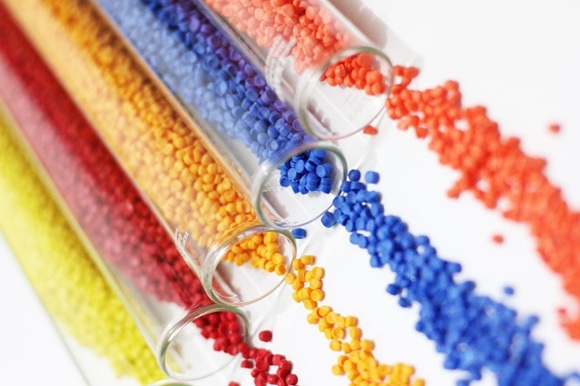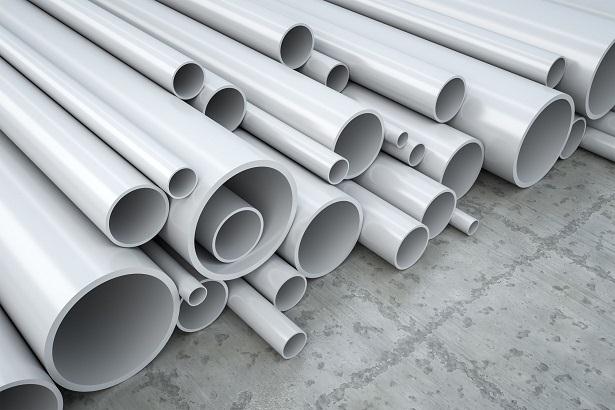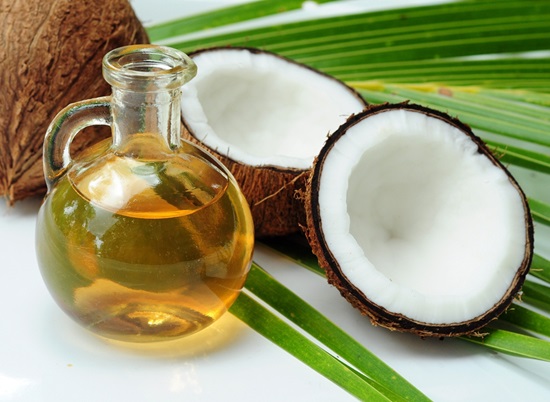Polypropylene and Polyvinyl chloride: Which one is better?
Regarding flexible materials, two familiar names we often hear are Polypropylene and Polyvinyl Chloride. These two materials also share many similarities and differences.
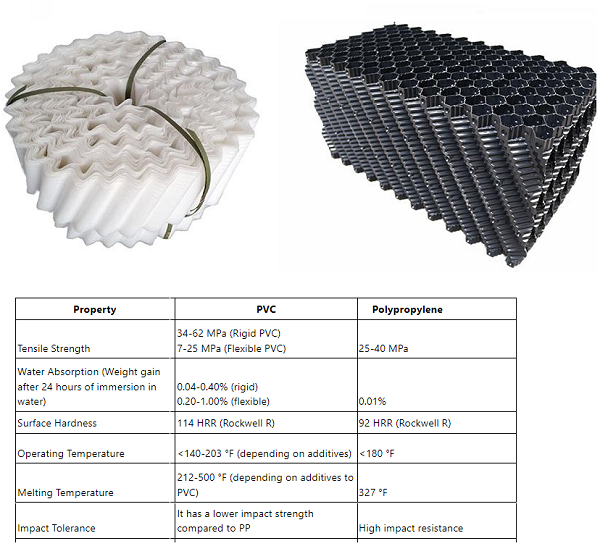
Polypropylene
Polypropylene(PP) is a synthetic resin built up by the polymerization of propylene. First synthesized in 1951 by scientists Paul Hogan and Robert Banks at Phillips Petroleum, PP use grew quickly. One of the important families of polyolefin resins, polypropylene is molded or extruded into many plastic products, and toughness, flexibility, lightweight, and heat resistance are required. It is also spun into fibers for employment in industrial and household textiles. Propylene can also be polymerized with ethylene to produce an elastic ethylene-propylene copolymer. This compound exhibits high strength, excellent impact resistance, and high temperature tolerance, making it suitable for numerous applications, including packaging, household goods, toys, and automotive components.
Polyvinyl Chloride
Polyvinyl Chloride (PVC) stands for Polyvinyl Chloride, a thermoplastic created through vinyl chloride (VCM) polymerization. VCM is a gas produced from ethylene and chlorine. It is a white, brittle solid material available in powder form or granules. It was first synthesized in 1872 and commercially produced in the 1920s by the B.F. Goodrich Company. PVC is one of the most widely produced plastics in the world, with an annual production of approximately 40 million tons. It is widely used in the building and construction industry to produce door and window profiles. It is also found in drinking and wastewater pipes, wire and cable insulation, medical devices, etc. It is the world’s third-largest thermoplastic by volume after polyethylene and Polypropylene.
PVC comes in two forms: unplasticized, rigid, and flexible. Some notable characteristics of PVC include its high density (PVC is much denser than other plastics), relatively lightweight compared to metals, hardness and durability, outstanding tensile strength, and resistance to environmental and chemical degradation.
Uses
In many cases, PP and PVC can be used interchangeably. Applications using Polypropylene include:
Food and beverage packaging.
Consumer products such as toys and kitchen appliances.
Automotive components like engine covers and exhaust systems, among others.
Applications using PVC include:
Pipes and fittings for construction and water systems.
Windows and external cladding in the construction industry.
Here are some applications that can use both PP and PVC:
Electrical insulation for wires.
Textile products (when extruded into fibers) such as tote bags, rugs, carpets, and clothing.
Medical packaging and containers, including specimen vials and medication bags, IV bags, Petri dishes, and more.
Safety
PP sheet is manufactured from propylene monomer, a relatively safe gas waste by-product of the petroleum industry. It used to be burned off into the atmosphere, contributing to greenhouse gas emissions. Therefore, using more PP in products may help to reduce greenhouse gas emissions. PP is made of carbon and hydrogen and is manufactured without dangerous emissions. PVC is manufactured with a plethora of toxic additives, which can make the PVC product itself harmful to consumers. These chemicals can evaporate or leach out of PVC, posing environmental and irreversible life-long health risks to consumers.
PVC's entire life cycle, from production through use and disposal, has a negative impact on human health and our environment. Not only is PVC inherently dangerous in its basic form, but it also needs a large number of heavy metals, such as lead, to stabilize it. Lead is highly toxic both during the life cycle of a product and after its disposal. There is no lead or other heavy metals used in the manufacture of Promeg PP sheet. A further problem with flexible PVC is that flexibility and softness must be induced by adding a large amount of plasticizer, usually phthalates, at concentrations of 30-50%. These phthalates may have carcinogenic properties in humans.
Related articles And Qustion
See also
Lastest Price from Polyvinyl chloride manufacturers
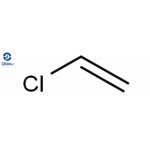
US $0.00-0.00/KG2025-11-21
- CAS:
- 9002-86-2
- Min. Order:
- 1KG
- Purity:
- 98
- Supply Ability:
- 10000KGS
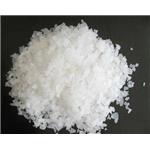
US $0.00-0.00/T2025-10-12
- CAS:
- 9002-86-2
- Min. Order:
- 1T
- Purity:
- 99%
- Supply Ability:
- 2000tons

